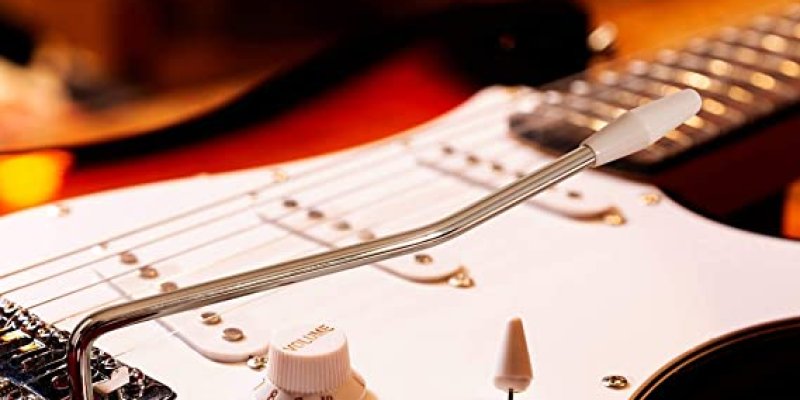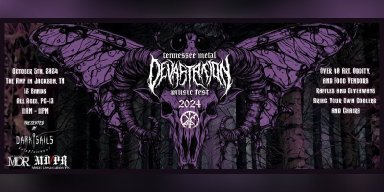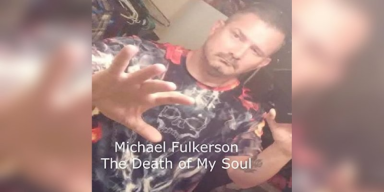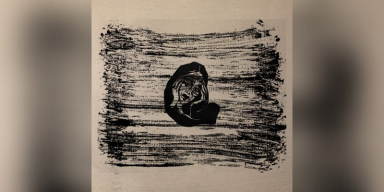
By Shawn Leonhardt for Guitar Tricks and 30 Day Singer
Student guitarists are often looking for a way to make guitar playing easier so they often find patterns along the fretboard to memorize. There are many well-known shapes and patterns to copy, or you can even build your own. The key is to know your guitar scale basics and how to apply them on the instrument. Here are some ideas on hexatonic patterns that can help improve your metal guitar playing and solos.
Scales and Patterns
First we must make clear the difference between hexatonic as a scale or a pattern. A scale is any order of notes at all, the most common ones are the pentatonic scale and heptatonic which includes the 7 note major scale. There are also hexatonic scales that only have 6 notes like the blues, whole tone, augmented, and Prometheus scale. These are all scales you’ll likely learn while taking guitar lessons .
Often rock and heavy metal are based around the pentatonic or 7 note major and minor scales, the more notes you have to work with, the more variety you can play. When possible you want to add in as many appropriate notes in your solos and riffs to create new ideas. Of course we can only add what sounds good, so we need a quick way of knowing which notes to play.
A hexatonic pattern does not necessarily imply only 6 notes being used for the song, instead it is a 6-note motif that will make it easier to know where to go next on the fretboard. As a heavy metal guitarist the goal is often to play fast and perfect so it can help to use these ideas and patterns to increase your speed and know where to move without knowing specific notes.
What is a Hexatonic Pattern
The idea behind hexatonic patterns isn’t just the use of 6 notes, but how you block or map them onto the fretboard. The strings are grouped in 2 at a time with E and A, D and G, and B and E. If you have done patterns or shapes before you will realize that the shapes on the frets are the same on the top 4 strings, but the B is off.
This is because standard guitar tuning is mostly in fourths (E-A, A-D, D-G, and B-E) except for the G-B which is a third. This means the patterns on the first two groups will not change but when you move to the lower B-E, you will have to adjust accordingly. The general rule is that the higher treble group of strings will always have to be moved up one fret as compared to the others because of this guitar tuning issue.
So now that we are breaking our 6 strings up into 3 groups or courses we can start looking at some quick and easy patterns. Keep in mind that the note you start on is the root, in fact it may help to use a guitar tuner to help get to know the notes you are playing along with the pattern.
Hexatonic Pattern Shapes
For shape 1 we are making whole step jumps, which means two frets at a time. The first course of strings E and A will have 3 movements all at a whole step. Now when we move to the D and G course we still make whole steps, but first we move two frets up. And finally for the final course on B and E we also make whole step jumps, but this time three frets up. Remember that tuning issue!
You notice in that shape we have most of the major scale except for the 7 th note, this still provides us with enough movement and variety to riff, solo, and shred on. And if you want to play the 7 th leading note, it’s not that hard to add in.
Shape 2 alone allows us to play in a minor scale, instead of all whole steps we do a whole step and then a half on the first course E and A. Again we jump up two frets before continuing this same pattern on the D and G course. Finally the last course of B and E will have the same whole to half step movement, but 3 frets up.
A 3 rd shape uses the same concepts as before but this time a half step and then a whole step is used on each course. And the rules are the same as before, the second course moves two frets up and the third course moves up 3.
A fourth shape mixes the 2 nd and 3 rd by first moving a half then whole step, and then switching that to a whole then half step. We then repeat this switch up on both the second and third courses moving up the same as before.
If you have played major or minor scale shapes before, these should be familiar, all you’re doing is trying to cement this basic 6 note pattern into your muscle memory so it makes it easier to move around. Practice switching between these major and minor shapes across the fretboard descending and ascending.
Using Hexatonic Patterns
So the purpose of this is to be able to move along the fretboard faster, pick one of the shapes above and work with it until you are more comfortable. Once you have the shape down it is time to move to the next shape of notes, as our goal isn’t to stay on the same root position all the time. How well you know your scales will determine how useful these shapes are at first.
Each shape can be used depending on what note of the scale you are on and some shapes like the 1 will be repeated at times. If you do not understand much music theory just focus on playing the shapes and experiment with what sounds good. Even if you struggle with theory just knowing these simple repetitive patterns will make it easier to move around the fretboard.
As you advance in your scale understanding you will get better at knowing which shape to use for each scale degree, but in the meantime they make it a lot easier to practice your lead playing on. Stay low on the fretboard to create riffs, midway for melodies, and the highest frets are best to practice solo aspects on. And the most important part is not rushing the process.
Often in heavy metal guitar playing the student wants to jump ahead too fast so they can have those seamless and smooth hard rock note transitions, but that takes a lot of practice. These 6 note patterns are one of the easiest ways to break the shredding down so that you can start building the skill.
Hexatonic patterns and shapes are just one of the many ways to memorize and play heavy metal guitar riffs and solos. Remember the key points are the three courses of strings and the different half and whole note spacing. As you are playing make sure you pay attention to your pattern and notes and with enough practice the shapes will soon feel like second nature. Just remember to play fast, you first must go really slow!
Reviews - Interviews - Promo - Radio Play
Contact zach@metaldevastationradio.com












